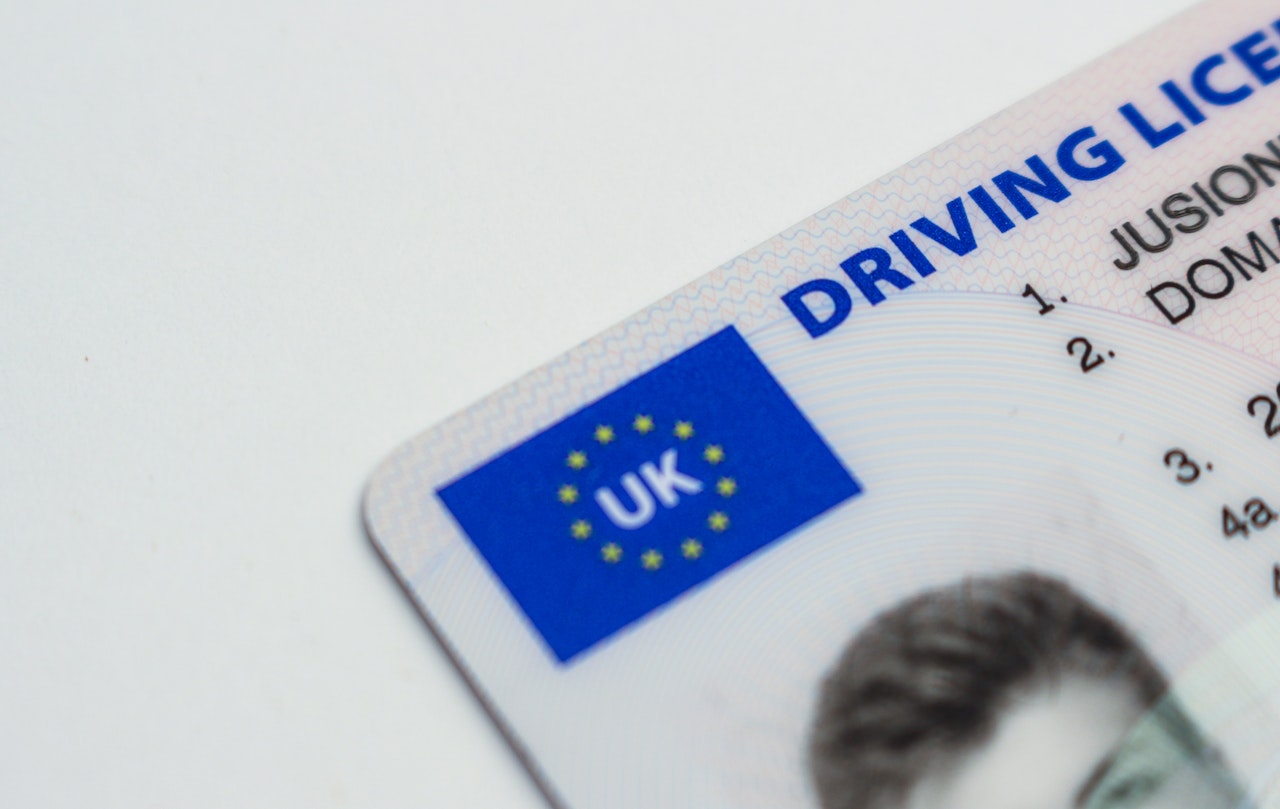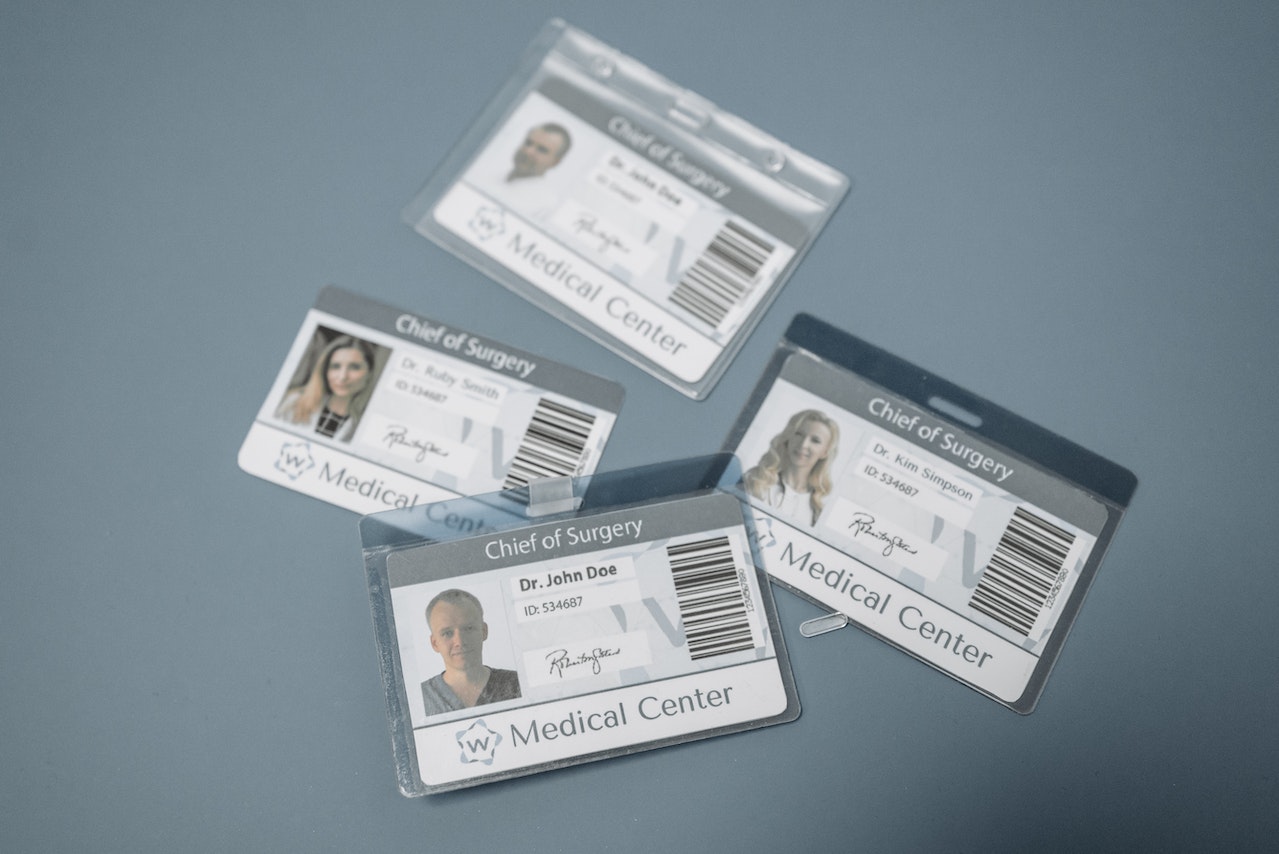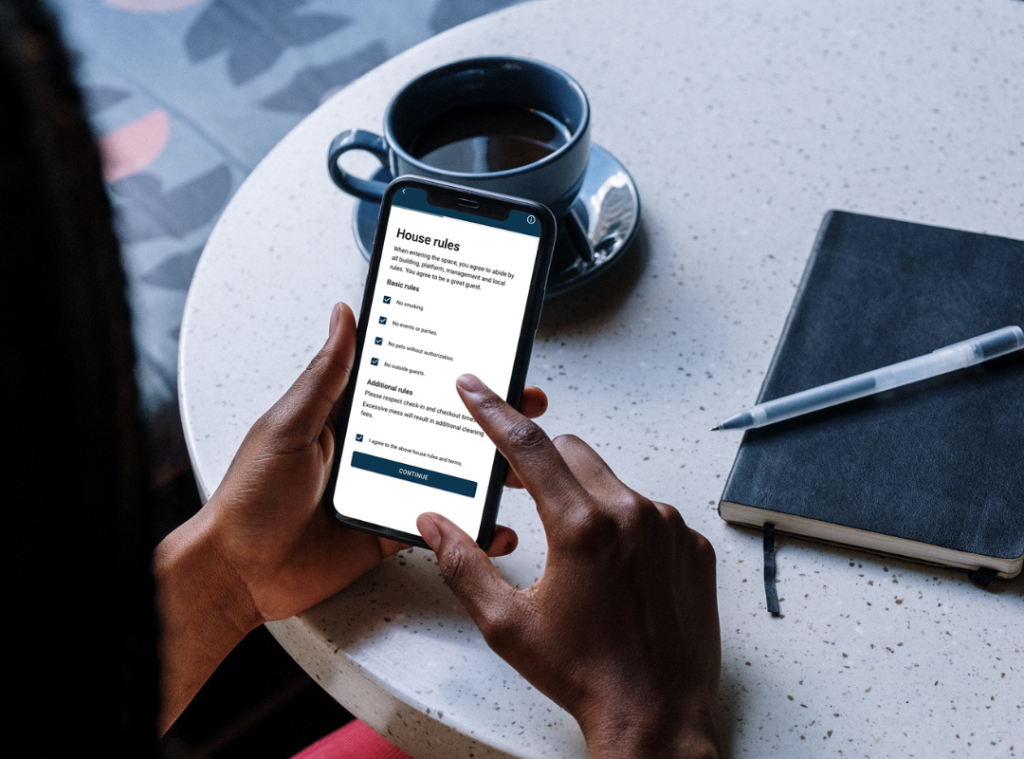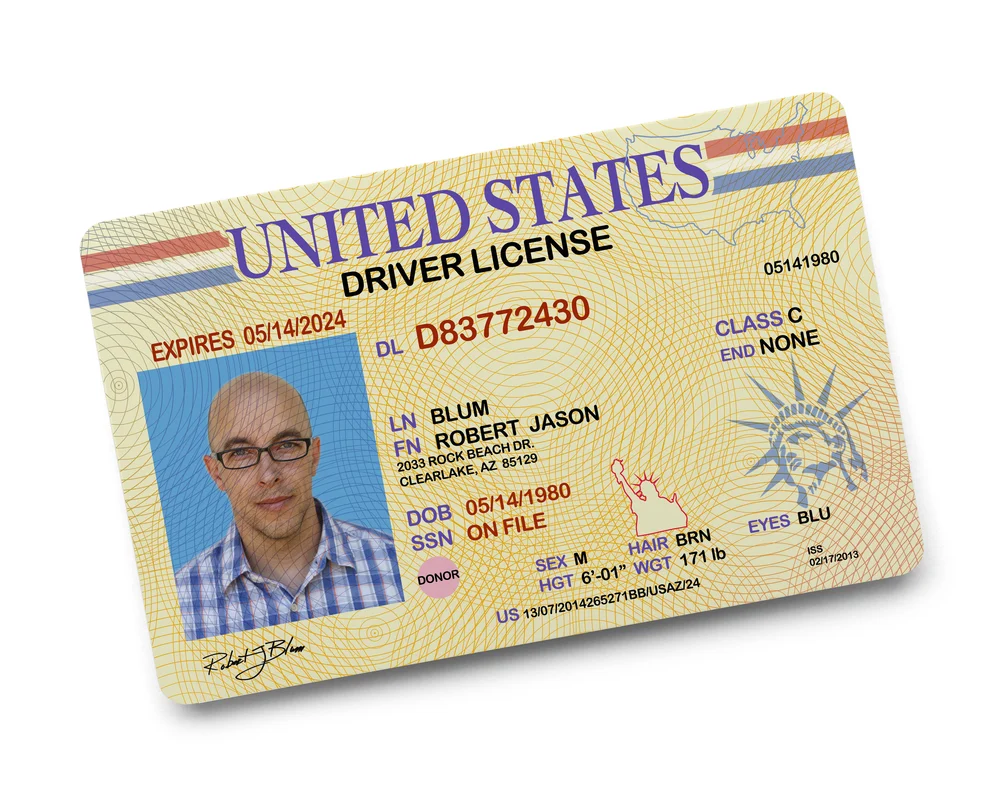As an industry dependent on mutual trust between businesses and customers, hospitality is a prime target for fraudsters. According to the Association of Certified Fraud Examiners, 5-6% of the $3 trillion of revenue generated by the industry annually is lost to fraud. That amounts to $150 billion in direct losses.
Identity fraud, especially, is rising year over year. And with an increase in COVID-19 related phishing scams, it’s getting worse. In fact, from January to Sept. 1, 2020, according to the FTC, consumers reported losing more than $130 million to COVID-19-related fraud.
In hospitality, particularly the short-term rental industry, fake and stolen IDs have become a prevalent form of fraud, used to book accommodations online. If you’re a property manager in the space, consider yourself vulnerable to identity fraud.
Where do fake IDs come from?
Fake IDs first appeared in the U.S. around 1970. Rare and unsophisticated, they were primarily used to sneak into nightclubs. Since bouncers and bartenders were unaccustomed to dealing with fakes, it was easy for minors to slip through the front door. At the time, there was also the added bonus that few states required IDs to have pictures.

But in 1984, things took a turn. New Jersey Senator Frank Lautenberg initiated a campaign with Mothers Against Drunk Driving (MADD), passing the National Minimum Drinking Age Act, which forced states to push their legal drinking age to 21. As a result, fake IDs flooded the U.S. market.
The challenge of spotting fake IDs requires an understanding of modern hotel security systems.
Fake IDs in hospitality
Fake IDs are now being used for more than just under-age drinking. They’re being employed to bypass hospitality security, allowing fraudsters to book stays in top hotels and rentals without sounding any alarms for operators. As a result, these major companies have no idea who they’re hosting, exposing them to increased risks.
Considering the growing number of identity fraud cases and the evolving savviness of fake IDs, many hospitality operators are at a loss for what to do. Insurance around identity fraud is murky with plans designed to cover those who’ve had their identities stolen, rather than peripheral victims. At best you might receive coverage on property damage inflicted by the fraudster. Ultimately, you’re left operating with a degree of vulnerability.
But identity fraud is preventable. You just need to be proactive. Stop fraudsters before they enter your property to save your business money and improve your reputation.
The issue of fake IDs in the hospitality industry highlights why robust ID verification is essential.
FIND OUT WHY ID VERIFICATION ISN’T ENOUGH
To help protect your business against identity fraud:
How to check for fake ids?
As a property manager or hotel booking staff member, your role in verifying IDs is crucial to ensuring the safety and security of your establishment. To identify a fake ID, you’ll need to pay close attention to various elements of the document:
Quality and Material:
Genuine IDs are made with specific materials and technologies that are difficult for fraudsters to replicate. A fake ID might feel flimsy, the lamination might be peeling, or it might just not feel right. The use of embossed text, microprinting, or holographic overlays are common security features that are challenging to counterfeit accurately.
Photo and Information Consistency:

Check the photo and personal details carefully. The person standing in front of you should closely resemble the photo, and the height, eye color, and other personal details listed should be consistent with the individual. Any discrepancy could be a sign of a fake ID.
Spelling Errors:
Counterfeiters often make mistakes in the spelling of place names or use incorrect fonts. Any typos or font inconsistencies are red flags that you’re dealing with a fake ID.
Holograms and UV features:
Most modern IDs have built-in holograms that become visible under certain light conditions or UV features that can only be seen with a UV light. If these are missing or poorly executed, the ID might be fake.
However, remember that fake IDs are becoming increasingly sophisticated, so staff training and the use of ID verification technology can be vital assets in the battle against identity fraud. These technologies can quickly scan IDs for all the security features, cross-check information with global databases, and flag any potential issues within seconds.
Remember, if you have any doubts about an ID, it’s better to err on the side of caution. Reach out to local law enforcement for further verification if necessary. Being vigilant about ID verification can help protect your property, your guests, and your reputation in the long run.
Know Your Guest
It’s important to catch fraudsters at the gate, before they do any damage. The first step is identity verification. In the finance industry, this is a requirement for Anti-Money Laundering (AML) and Know Your Customer (KYC) compliance. By noting data mismatches in the transaction, businesses can reduce fraud. That’s why in hospitality, it’s important to Know Your Guest. Do your due diligence by learning about the guest and the potential threat they pose.
How to spot a doctored ID
Depending on your business model, you may provide in-person check-ins for each guest. Rather than handing over the keys right away, take this as an opportunity to verify their ID. When presented with the physical copy, feel for thickness around the photo and the edge of the lamination. If it feels uncommonly thick, it may be an indication that a second photo has been placed on top of the original and re-laminated.
If you’re performing the ID verification online, it can be trickier. Applications like photoshop have made it easier to produce fakes. Make sure the piece of ID submitted by the guest includes a photo, is government issued, is valid (not expired), and includes the guest’s date of birth. When scanning these features, also watch for any spelling mistakes and inconsistencies in the numbers and letters. Depending on the state and country, different IDs use different fonts. Compare the ID to a verified version on the state’s Department of Motor Vehicles to make sure they match.
Finally, take a close look at the ID’s photo. Many ID photos are taken in a way that is difficult to replicate, including the backdrop and how the photo is cropped. Some newer IDs will include a cross-hatching design across the face of the card and may also include a small hologram version of the photo in one of the corners—which is difficult to replicate on photoshop.
If something about the ID doesn’t add up, don’t be afraid to cancel the reservation. Stolen or damaged property will cost you a lot more than a missed night.
How to spot a stolen ID
Stolen IDs are becoming more prevalent as online travel agencies (OTAs) and property managers add age restrictions on their listings. To secure bookings, young people are using borrowed or stolen IDs, leaving them unaccountable in the cases of parties or property damage. Worse yet, criminals commit identity fraud to sneak into rental properties, using the space for illicit activities.
And while there are ways to check if you have been a victim of identity theft, it’s much harder to catch the perpetrator. With self check-ins especially, stolen IDs can be difficult to spot. The ID is technically authentic, so if your team analyzes a photo of it online, it likely won’t raise any red flags.
To monitor for stolen IDs, your team needs to thoroughly screen every reservation. Check the ID against the name of the guest who made the reservation and against the credit card they provide. If the two don’t match, reach out to the guest to inquire about the discrepancy. Try getting the guest on the phone. Guests using a stolen ID are likely to dodge your calls or give evasive answers.
Do hotels scan ids?
In an effort to combat identity fraud, an increasing number of hotels are now implementing ID scanning as a mandatory part of their check-in procedures. These scans provide a more accurate and efficient method of verifying guest identities and are a significant step towards enhancing the security and safety of both the establishment and its guests.
ID scanning in hotels often involves using specialized equipment or software to digitally capture and store the information presented on a guest’s identification document. This process allows hotel staff to swiftly spot any discrepancies or irregularities that may indicate a fraudulent ID. In many cases, the software can cross-verify the information against global databases or use advanced features such as facial recognition to compare the ID photo with a live image of the guest.
This procedure doesn’t only fortify the hotel’s defenses against identity fraud; it also aids in streamlining the check-in process, ensuring that accurate guest data is collected and stored for future reference. As such, ID scanning is becoming a standard in the hotel industry as it seeks to meet the growing challenges of identity fraud head-on.
Analyze the reservation details
When it comes to pinpointing stolen IDs, it’s important to analyze all details surrounding the guest and their reservation. If your property was booked by a high-risk guest, it’s likely the reservation will show other suspicious characteristics beyond the ID upload. Keep an eye out for specific techniques that are commonly used by identity fraudsters.
For example, many fraudsters use prepaid credit cards and phone numbers when booking accommodations. With these as a shield, they can mask their identity. To counteract this, have the guest submit a selfie and compare that with the photo on the ID.
Pay extra attention to the conditions of the reservation. For instance, fraudsters using stolen cards are more likely to book last-minute, giving you as little time as possible to look over their reservation. Do not accept a last-minute booking without thoroughly investigating the guest.
If a single person booked a three-bedroom condo in the middle of downtown, that might also be cause for concern. Embrace your apprehension and reach out to the guest for more information. It’s particularly useful to find out why they’re travelling and where they’re travelling from. Vague answers like sightseeing are a red flag, especially if they’re local. Ask them to elaborate. If they refuse, it’s not worth the risk.
What to do if you spot a fake ID
If you encounter a guest using a doctored or stolen ID, flag them immediately and report the guest to the associated OTA—they could be scamming others. Keep a record of the guest’s ID in your database. You may need to submit it as evidence to the OTA to secure a refund for the canceled reservation. Plus, it’s always wise to have all information pertaining to the reservation accessible in case you require documentation down the line.
If you’re uncertain whether the ID is a fake, reach out to the guest over the phone to collect more information or to confirm their booking. The act of phoning can be illuminating, allowing you to check the number’s area code against the address on the ID and whether the number actually belongs to the guest.
If you’re still unsure, you can ask the guest to submit to a police-verified background check, confirming that the ID does in fact belong to them. A guest using a stolen ID likely won’t consent and will instead cancel the reservation.
Automate your screening process
To keep your business safe, it’s imperative you screen every reservation. But even with a well-trained support team, this takes time and resources. Instead, consider automating the process for a cohesive and efficient check-in flow.
With a tool like Autohost, you can verify every reservation, using a global database of IDs to spot fakes and flag risky guests. The whole process takes seconds, keeping your operations smooth and efficient.





